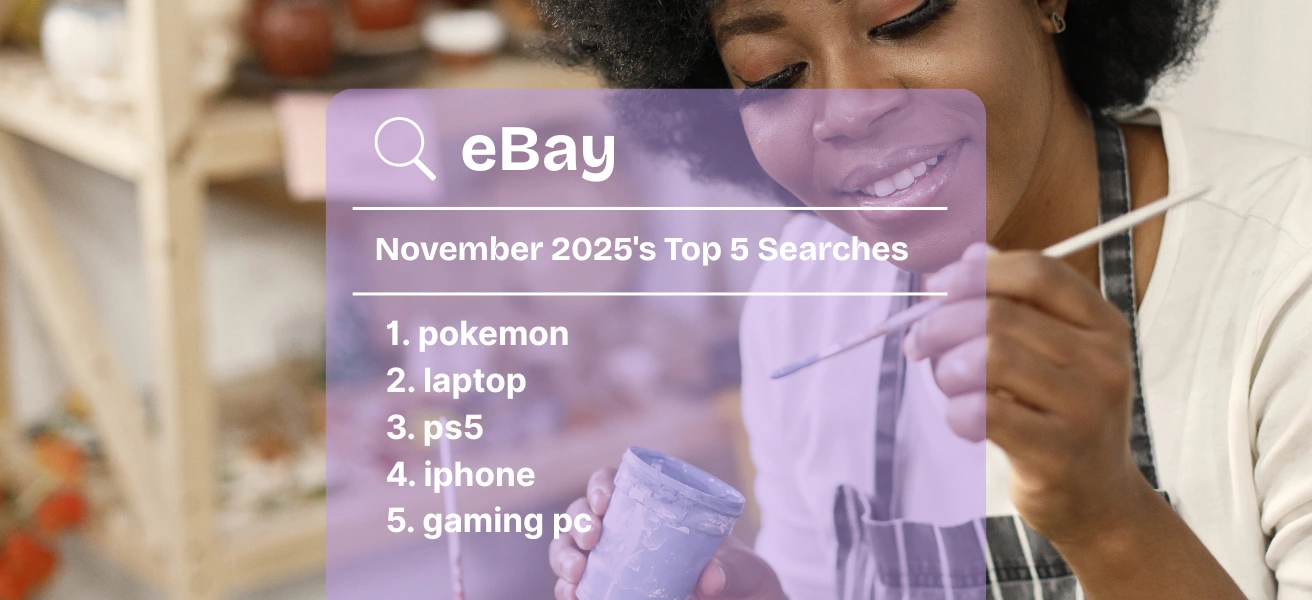Before you start optimizing your listings, you need to understand what products shoppers are looking for, and what words they use to search for those products.
What are keywords?
These are the words that Etsy customers use to search. These keywords are important to you because they help you understand what shoppers want. The more specific the search term is, the better. If you can match their keyword with words in your title and tags, then your listing will appear in their Etsy search results.
The different types of keywords
Broad keywords: these are short phrases, typically one to three words in length. Examples include “ring” or “gift for mom.” While they are used the most by shoppers, broad keywords have a low conversion rate. That is, they are unlikely to lead directly to your making a sale.
Long-tail keywords: these are longer, more descriptive multi-word phrases. They include specific characteristics: style, size, color, pattern, event, special occasion, recipient, and so on. Shoppers who search using keywords like these already have a good idea of what they want to buy. This means long-tail keywords have a higher conversion rate.
You can read more about long-tail keywords here: “What Are Long Tail Keywords?”
How to find keywords
The best place to start is the Monthly Trends report. This report shows you what the most popular keywords are on Etsy in dozens of categories. You can also go back through 15 months of historical data. This is especially useful to gauge the seasonality of a keyword — if, say, it’s most popular during the weeks leading up to a specific holiday.
As you discover keywords of interest in the Monthly Trends report, you can click on them to find related keywords and gather statistical and trend information about each keyword.
As you review them, look for hints signaling that the shopper is narrowing down what they want to purchase. Along with learning what people want to buy, try to find out who they are shopping for, or if they have an event or special occasion in mind.
A broad keyword like “gift” or “t-shirt” tells you that the person is in the earliest stage of shopping. They haven’t yet formed a clear picture of what they want to buy. As you find broad keywords relevant to what you sell, make a note of these.
Once you have a collection of broad keywords, start looking for related long-tail keywords. As explained above, long-tail keywords are more specific; they help you tell what the shopper is actually after. Look for keyword phrases that answer the following questions:
-
Is the person buying for themselves, or is it a gift?
-
If it’s a gift, who is it for?
-
Is it for an event or special occasion?
-
Are they seeking items in a particular style?
-
Do they specify a certain material?
Saving your keywords
One of eRank’s most popular features is Keyword Lists. This tool allows you to add keywords to lists while you do other tasks. Just click the star beside any keyword you see while using our tools. That will add it to whichever keyword list you specify.
Then, when you want to do keyword research, there they are, ready for you. Even better, their stats have been continually updated. Keyword Lists also has handy features like “Listing Builder.” Use this to figure out your tags and title right there, where all the latest data is. Once you’re finished, just copy and paste them into your Etsy listing.
What to do next
Once you have gathered enough keywords, you are ready to move on to the next step: competitor research.









